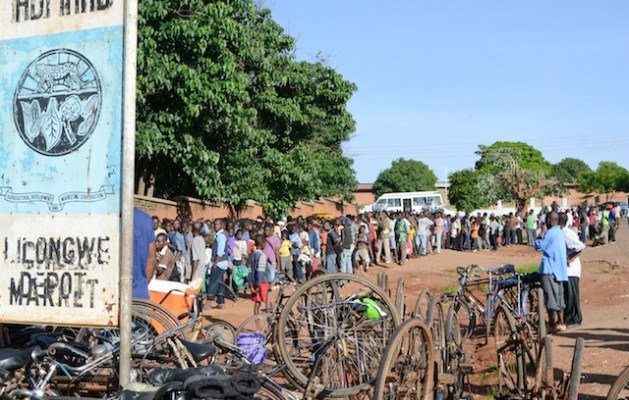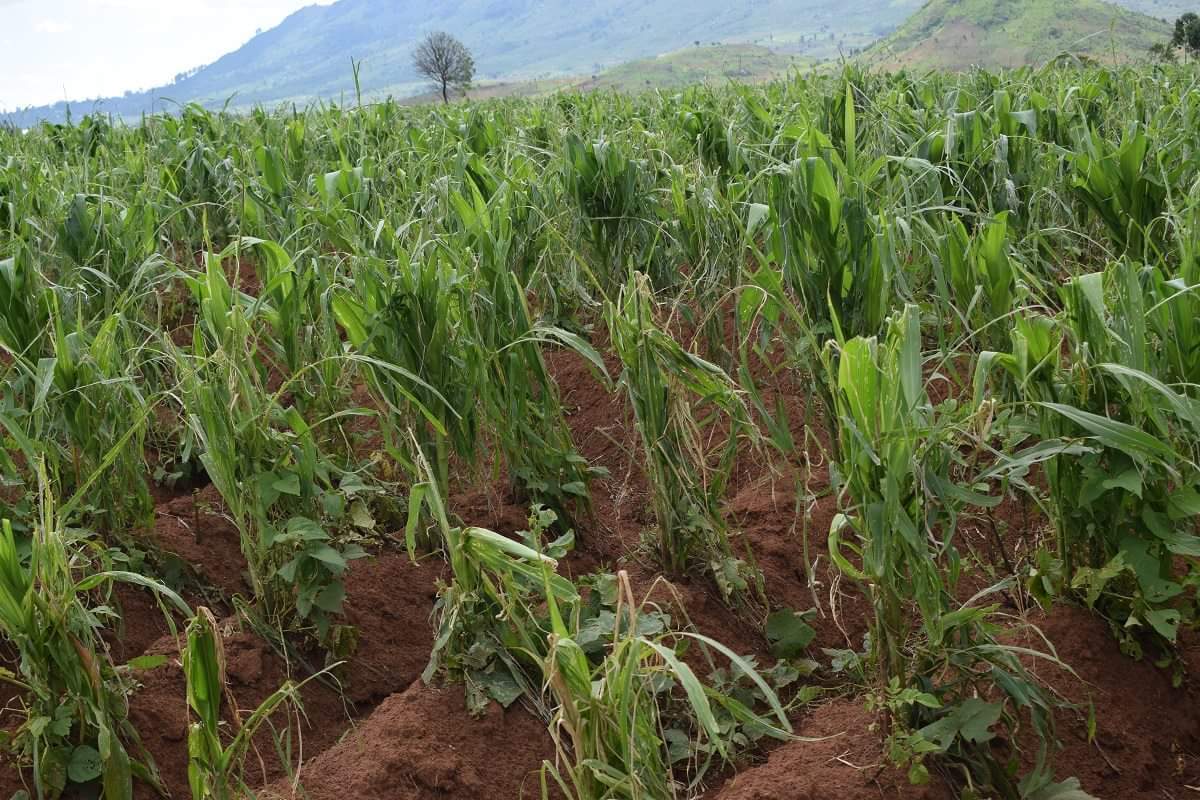
More than one million Malawians are at risk of starvation this year, government says.
In a statement today, Cliff Chiunda, Secretary to Treasury in the Ministry of Finance, Economic Planning and Development said the affected people will require maize worth K6.7 billion.
According to Chiunda, the annual food security assessment exercise, conducted through the Malawi Vulnerability Assessment Committee (MVAC), which was completed end July 2019 has shown that 1,062,674 people in rural areas will face hunger during the 2019/20 consumption period.
The figure represents seven percent of the total estimated rural population of 14,747,257.
“The affected population is in all 27 districts which were assessed with varying degrees of severity,” said Chiunda.
He added that the affected people will require humanitarian maize estimated at 33,810 Metric Tonnes with an estimated cash value of about MK6.76 billion.

“In addition, the affected population will also require 6,762 MT of pulses costing about MK10.14 billion and 1,244 MT of vegetable oil costing about MK2.24 billion,” the ministry said.
The Government, in collaboration with its development partners, will be implementing response to interventions to assist the affected population.
Meanwhile, the National Food Reserve Agency is in the process of procuring maize to increase their stocks to be able to manage any eventualities.
In addition, ADMARC is procuring maize from the smallholder farmers to ensure that the commodity is available in all its selling points, so as to stabilise the prices of maize, in particular during the lean period.
“Furthermore, the Government in collaboration with stakeholders will continue to implement safety nets and resilience building interventions across the country,” said Chiunda.
During the 2018/19 consumption period, 3,306,405 people were at risk of hunger.
According to the Ministry of Finance, the decrease in number of affected people this year has been as a result of increased agriculture production during the 2018/19 agriculture season due to favourable weather in general though there were instances of flooding, Fall Army Worm infestation and extended dry spells in some districts.














